You love your house and have invested much time and money into making it just the way you want it.
But it can also mean painting, replacing fixtures and cabinet hardware, even installing new appliances. You can also swap your furnishings and accessories for more on-trend and neutral items.
|
The goal, Fleming said, is to usher as many buyers as possible into the house during the first couple of days it's on the market so there's a sense of competition and urgency. That can influence someone to offer more than the asking price. |
Feelings, not data
Fleming said what differentiates her from an agent is an agent focuses on market information while she hones in on emotion.
"I know what makes people feel like they want to live and spend more time in the space," she said. "We're going beyond data."
Staging a house can be a humbling and sometimes painful experience because sellers have to confront parts of their home others might not like. Fleming is the one to gently deliver that news.
"Not every Realtor wants to be the bad cop," she said. "And I don't have a profit or loss based on how the listing proceeds."
Fleming likes to meet with all her staging clients before starting to make sure they're comfortable with the coming changes.
"I want them to ask questions. I have to read their body language to know what's overwhelming to them and what I can say to them," she said. "You have to have an enormous amount of respect for people and their homes."
Jim Buchta has covered real estate for the Star Tribune for several years. He also has covered energy, small business, consumer affairs and travel.
A group of industry leaders warned Tuesday that the artificial intelligence technology they were building might one day pose an existential threat to humanity and should be considered a societal risk on a par with pandemics and nuclear wars.
"Mitigating the risk of extinction from AI should be a global priority alongside other societal-scale risks, such as pandemics and nuclear war," reads a one-sentence statement released by the nonprofit Center for AI Safety. The open letter was signed by more than 350 executives, researchers and engineers working in AI.
The signatories included top executives from three of the leading AI companies: Sam Altman, CEO of Open- AI; Demis Hassabis, CEO of Google DeepMind; and Dario Amodei, CEO of Anthropic.
Geoffrey Hinton and Yoshua Bengio, two of the three researchers who won a Turing Award for their pioneering work on neural networks and are often considered "godfathers" of the modern AI movement, signed the statement, as did other prominent researchers in the field. (The third Turing Award winner, Yann LeCun, who leads Meta's AI research efforts, had not signed as of Tuesday.)
The statement comes at a time of growing concern about the potential harms of AI. Recent advancements in so-called large language models — the type of AI system used by ChatGPT and other chatbots — have raised fears that AI could soon be used at scale to spread misinformation and propaganda, or that it could eliminate millions of white-collar jobs.
Eventually, some believe, AI could become powerful enough that it could create societal-scale disruptions within a few years if nothing is done to slow it down, although researchers sometimes stop short of explaining how that would happen.
These fears are shared by numerous industry leaders, putting them in the unusual position of arguing that a technology they are building — and, in many cases, are furiously racing to build faster than their competitors — poses grave risks and should be regulated more tightly.
This month, Altman, Hassabis and Amodei met with President Joe Biden and Vice President Kamala Harris to talk about AI regulation. In Senate testimony after the meeting, Altman warned that the risks of advanced AI systems were serious enough to warrant government intervention and called for regulation of AI for its potential harms.
Dan Hendrycks, executive director of the Center for AI Safety, said in an interview that the open letter represented a "coming out" for some industry leaders who privately had expressed concerns about the risks of the technology they were developing.
"There's a very common misconception, even in the AI community, that there only are a handful of doomers," Hendrycks said. "But, in fact, many people privately would express concerns about these things."
Some skeptics argue that AI technology is still too immature to pose an existential threat. When it comes to today's AI systems, they worry more about short-term problems, such as biased and incorrect responses, than longer-term dangers.
But others have argued that AI is improving so rapidly that it has already surpassed human-level performance in some areas and that it will soon surpass it in others. They say the technology has shown signs of advanced abilities and understanding, giving rise to fears that "artificial general intelligence," or AGI, a type of AI that can match or exceed human-level performance at a wide variety of tasks, may not be far off.
In a blog post last week, Altman and two other OpenAI executives proposed several ways that powerful AI systems could be responsibly managed. They called for cooperation among the leading AI makers, more technical research into large language models and the formation of an international AI safety organization, similar to the International Atomic Energy Agency, which seeks to control the use of nuclear weapons.
In March, more than 1,000 technologists and researchers signed another letter calling for a six-month pause on the development of the largest AI models, citing concerns about "an out-ofcontrol race to develop and deploy ever more powerful digital minds."
That letter, which was organized by another AI-focused nonprofit, the Future of Life Institute, was signed by Elon Musk and other well-known tech leaders, but it did not have many signatures from the leading AI labs.
The brevity of the new statement from the Center for AI Safety — just 22 words — was meant to unite AI experts who might disagree about the nature of specific risks or steps to prevent those risks from occurring but who share general concerns about powerful AI systems, Hendrycks said.
The statement was initially shared with a few high-profile AI experts, including Hinton, who quit his job at Google this month so that he could speak more freely, he said, about the potential harms of AI. From there, it made its way to several of the major AI labs, where some employees then signed on.
The urgency of AI leaders' warnings has increased as millions of people have turned to AI chatbots for entertainment, companionship and increased productivity, and as the underlying technology improves at a rapid clip.
"I think if this technology goes wrong, it can go quite wrong," Altman told the Senate subcommittee. "We want to work with the government to prevent that from happening."
A wine can only be called a “Chateau” if it is produced in the vineyards and cellars of a French castle that has been officially recognized by the French government. In order to carry the “Chateau” label, the wine must also adhere to a number of other strict guidelines, including being made from grapes that were all grown in the same vineyard, and being bottled at the chateau where it was produced.
Chateau, the French word for country house, or even castle, has a much more complex meaning in the world of winemaking. Chateau Margaux, as the name implies, is a wine that was produced in the winery of Margaux. Chateau Margaux, a premier cru estate in Bordeaux, has been producing wine since 1867. In contrast to the United States, the word chateau is not the same in the European Union. One of the terms you should be familiar with if you want to become a wine lover is chateau.
A wine produced in Bordeaux from various vineyards in the region of France.
In French, a chteau (pronounced [**to], plural: chteaux) is a manor house or residence for the lord of the manor or a fine country house for nobility or gentry with or without fortifications, originally, and still most frequently used.
If a family member’s ancestors are in the same noble family as one of France’s “noble” families, and if the house has passed down through the family for generations, it is typically referred to as a chateau. Chateau is defined as a residence of a lord who controls territory by the most common definitions in French history.
What Does Château Mean On Wine?
“Chteau” literally means “castle” in French. A wine estate, on the other hand, is a wine-producing estate, which is usually a combination of vineyards, cellars, and any buildings on the property, which, in rare cases, include a real castle.
Chateau wine is made by harvesting grapes from a specific chteau in France. This region of France is known for its wine. The New World College Dictionary, Fourth Edition is the most recent edition. The House of the Dragon glossary can be found here. We have two iOS and Android apps for English Dictionary. Today, there are numerous influences on how English is spoken all over the world. The following sections will look at how the language is changing.
There are several characteristics. Chateau wines are distinguished by their aristocratic origins. They typically have a full body and a rich flavor, with flavors ranging from fruit to woodsy. Although they are frequently costly, they are well worth the outlay. The style of Chteauesque is based on recreating the look and feel of French chteau interiors from the mid-16th century. There are several influences on the wine, including Gothic and Renaissance styles, and they lend a sense of depth and richness to the wine, with flavors ranging from fruit to woodsy. These products are well worth their cost, but they are also quite pricey.
Two Types Of Château Wines
What is the history of Chateau Pépin? Grapes from both Napa and Sonoma are used to make Chteau Red Wine, which honors the memory of our founder. A deep color with soft, round tannins, dark fruit flavors of black cherry and plum, and a touch of cocoa finish this wine, which has a structured structure, savory flavors, and a hint of cocoa. What is bordeaux wine? Typically, a Chteaux blend is 70% Cabernet Sauvignon, 15% Cabernet Franc, and 15% Merlot. This is commonly referred to as a Bordeaux blend. Merlot accounts for the vast majority of Merlot consumed in Saint-milion, Pomerol, and other right bank appellations. In the world of wine, which one is best: white or red? Chteauneuf-du-Pape, a French wine region, produces some of the region’s most flavorful blends of Grenache. The region produces both red and white wine, depending on the grape variety used. The region contains 20 varieties of plants, according to unofficial estimates.
Chateau Wine
There are many types of chateau wine, but they all have one thing in common: they are all made from grapes grown in the vineyards of a specific chateau. The chateau wine style is characterized by its full body, rich flavor, and high alcohol content. Chateau wines are typically aged for several years before being released for sale, and they are often quite expensive.
This famous French wine region produces red blends based on Grenache and is known for its bold red blends. It is also home to up to 13 different grape varieties in its official red and white wine varieties. In fact, there are no official varieties in the region. The majority of the grapes used are Cabernet Sauvignon, but other grapes can also be used. In the blend, a number of red Bordeaux, Merlot, Cabernet Franc, Petit Verdot, Carmenre, and Malbec grapes may be included, though it is not always possible to include all six. A deep color and fragrant scent make this wine one of the most popular.
Chateau Wines Of France
Chateau wines are made in the Bordeaux region of France from vines grown on estate vineyards. It is frequently made up of Cabernet Sauvignon, Cabernet Franc, and Merlot and is typically aged in French oak barrels. Chateau red wine is a blend of Merlot and Cabernet Franc. Bordeaux wine is a type of wine made from Cabernet Sauvignon and Merlot blended together.
Wine FAQ's
Archives
July 2024
June 2024
April 2024
March 2024
February 2024
January 2024
December 2023
November 2023
October 2023
September 2023
August 2023
July 2023
June 2023
May 2023
April 2023
March 2023
February 2023
January 2023
December 2022
November 2022
October 2022
September 2022
August 2022
July 2022
June 2022
May 2022
April 2022
March 2022
February 2022
January 2022
December 2021
November 2021
October 2021
September 2021
August 2021
July 2021
June 2021
May 2021
April 2021
March 2021
February 2021
January 2021
December 2020
November 2020
October 2020
September 2020
August 2020
July 2020
June 2020
May 2020
April 2020
March 2020
February 2020
January 2020
December 2019
November 2019
October 2019
September 2019
August 2019
July 2019
June 2019
May 2019
April 2019
February 2019
January 2019
December 2018
November 2018
October 2018
September 2018
August 2018
July 2018
June 2018
May 2018
April 2018

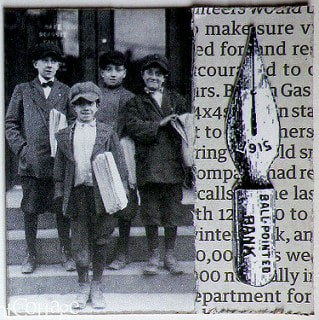
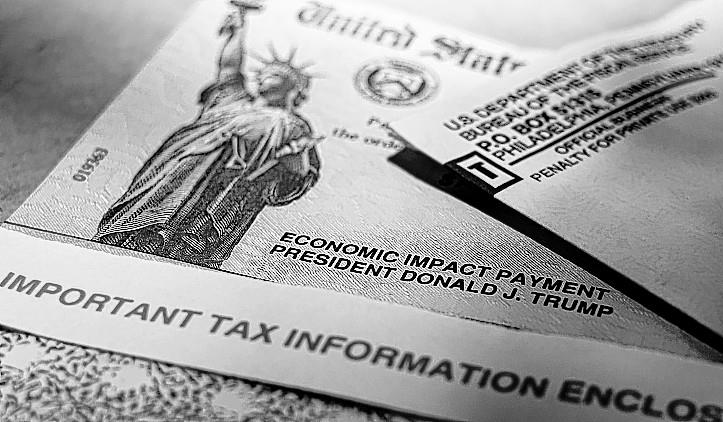
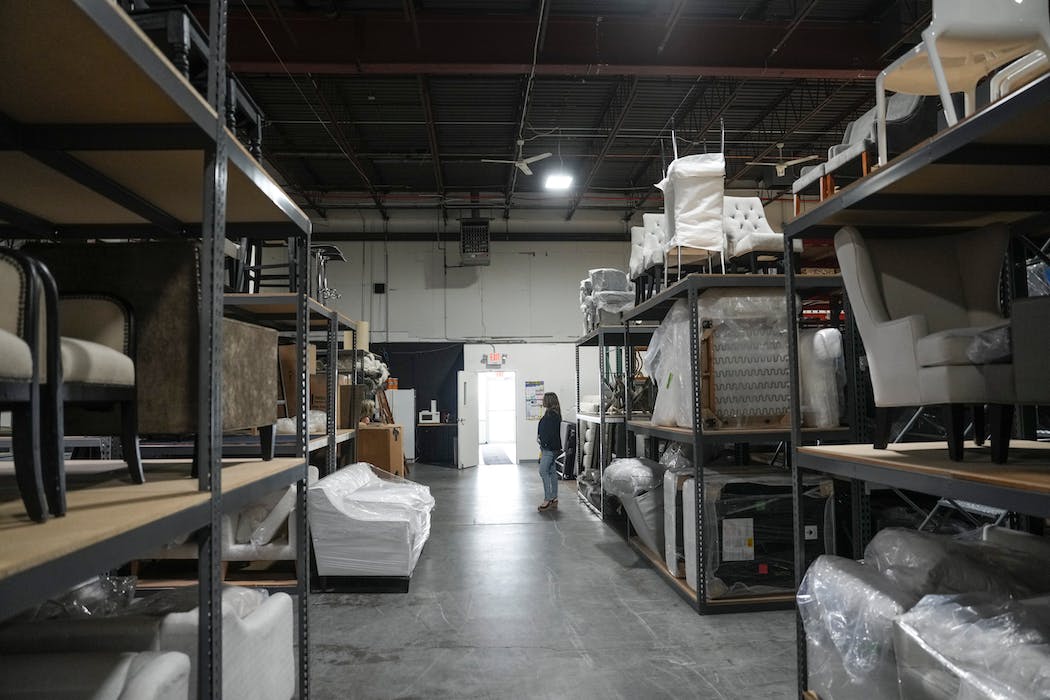
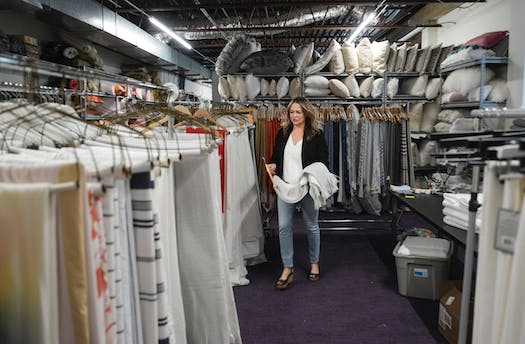
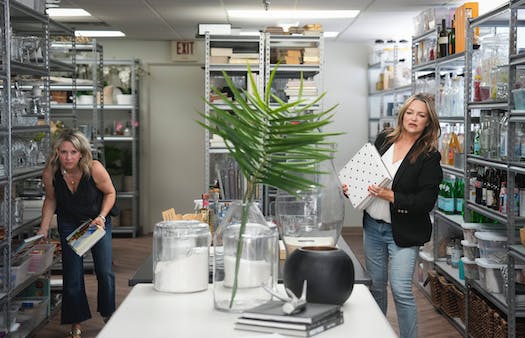
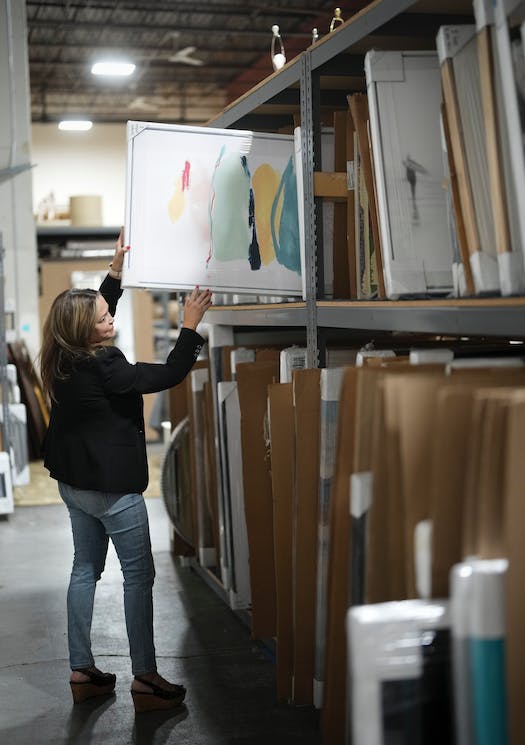
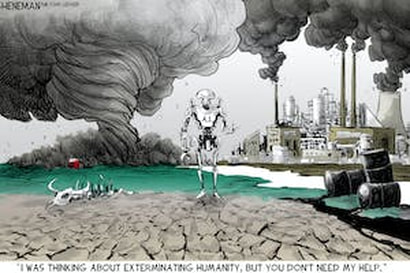
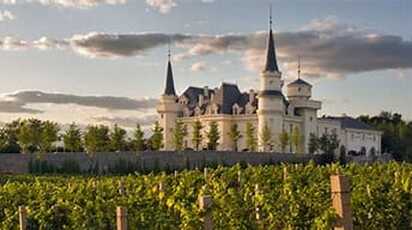
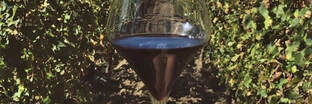

 RSS Feed
RSS Feed